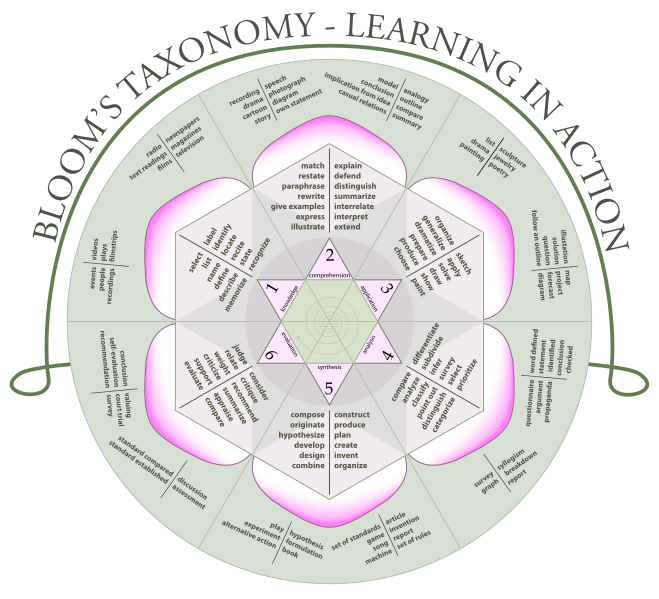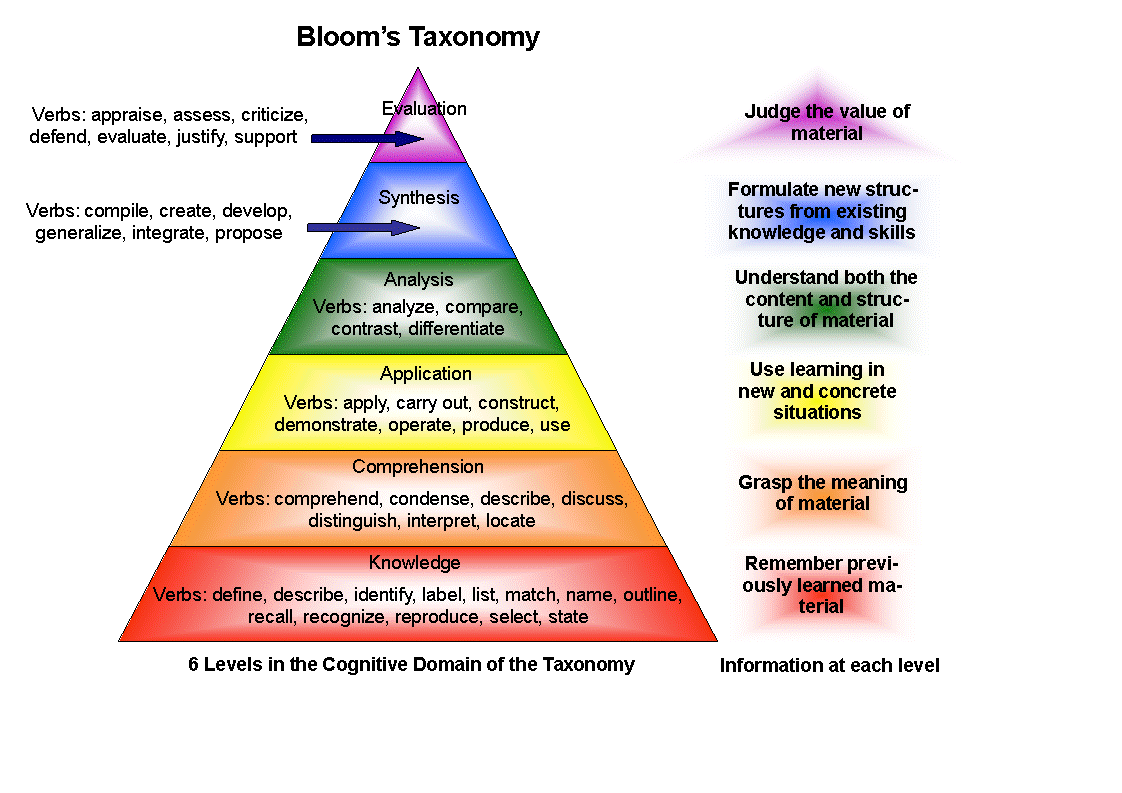I've taken the course to teach English overseas, sure. I've taken dozens of classes about Adult Learning. But I've not taken classes on how to write lesson plans, define and design courses or the like until recently. They have all been MOOC's with no assignments to pass in. I am feeling at a disadvantage when I compare my experience to those of other participants in #BlendKit2014.
However.
I am a learner. I am a fighter. I don't give up because something is hard. I do break things into smaller pieces and try to figure it out and put it back together. That's where I am at now.
And I am a sharer. When I started this blog a couple of days ago, my thought was that I would post once a week, a note on the reading. I can't do that now. I need to spend a little (or a lot) of time each day trying to master the little skills that I need to take advantage of the opportunities allotted to me by taking this class. For those who choose to read this blog, you will have a lot more entries to read than I anticipated (I'm sorry, You're Welcome?!? LOL). You will also discover that I refuse to be uptight in my writing style. I free flow write. You get it as I think it. Not to say that I won't polish on occasion, but I don't go out of my way to sound all expert-ish or know-it-all-ish. I try not to use $10 words when a 50 cent word will do and make my writing more readable. My English profs would probably disown me. Oh well! This is to help me (and maybe you too in the process!) understand better what I am learning and to find way to apply it.
Now, occasionally I will need to use those $10 words but I will try to define them. I am considering an entry that would be a Glossary of sorts. A one-stop-shop I guess. Words, abbreviations, whatever. I think I need it, but I would like to know if you also would be interested in one? It would be built as I go...a growing and ever changing document.
Now, onto Bloom's Taxonomy.
You may have seen a graphic to explain Bloom's Taxonomy that looks more like this:
Both are good to look at. I just prefer the top picture. I get a better understanding of the actions that lead to each stage of learning.
According to the Office of Quality Assurance at Carlton University in Ottawa, ON, Canada:
Bloom’s Taxonomy
Bloom’s Taxonomy of Educational Objectives is learning model that was first developed in 1956 by a committee of educators chaired by Benjamin Bloom. It continues to be a widely used resource among education professionals. The taxonomy divides learning into three intellectual domains: cognitive, affective, and psychomotor. Within each domain different intellectual skills and abilities are structured in a hierarchy that ranges from basic to more higher-order capabilities.
In a typical classroom setting, a teacher downloads a HUGE amount of information on a student. The student 1) receives 2) may observe and 3) hopes to remember. If they are lucky and have a good teacher, they might get to 1) model and 2) respond, leading to understanding. A great teacher will get them to analyze what they did, evaluate it, and develop new standards of HOW to do a specific task better.
From Businessballs.com:
explanation of bloom's taxonomy
First, don't be put off by the language or the apparent complexity of Bloom's Taxonomy - at this basic level it's a relatively simple and logical model.
Taxonomy means 'a set of classification principles', or 'structure', and Domain simply means 'category'. Bloom and his colleagues were academics, looking at learning as a behavioural science, and writing for other academics, which is why they never called it 'Bloom's Learning Structure', which would perhaps have made more sense to people in the business world. (Interestingly this example of the use of technical language provides a helpful lesson in learning itself, namely, if you want to get an idea across to people, you should try to use language that your audience will easily recognise and understand.)
Bloom's Taxonomy underpins the classical 'Knowledge, Attitude, Skills' structure of learning method and evaluation, and aside from the even simpler Kirkpatrick learning evaluation model, Bloom's Taxonomy of Learning Domains remains the most widely used system of its kind in education particularly, and also industry and corporate training. It's easy to see why, because it is such a simple, clear and effective model, both for explanation and application of learning objectives, teaching and training methods, and measurement of learning outcomes.
Bloom's Taxonomy provides an excellent structure for planning, designing, assessing and evaluating training and learning effectiveness. The model also serves as a sort of checklist, by which you can ensure that training is planned to deliver all the necessary development for students, trainees or learners, and a template by which you can assess the validity and coverage of any existing training, be it a course, a curriculum, or an entire training and development programme for a large organisation.
It is fascinating that Bloom's Taxonomy model (1956/64) and Kirkpatrick's learning evaluation model (1959) remain classical reference models and tools into the 21st century. This is because concepts such as Bloom's Taxonomy, Kirkpatrick's model, Maslow's Hierarchy of Needs, Mcgregor's XY Theory, The SWOT analysis model, and Berne's Transactional Analysis theory, to name a few other examples, are timeless, and as such will always be relevant to the understanding and development of people and organisations.
bloom's taxonomy definitions
Bloom's Taxonomy model is in three parts, or 'overlapping domains'. Again, Bloom used rather academic language, but the meanings are simple to understand:
- Cognitive domain (intellectual capability, ie., knowledge, or 'think')
- Affective domain (feelings, emotions and behaviour, ie., attitude, or 'feel')
- Psychomotor domain (manual and physical skills, ie., skills, or 'do')
This has given rise to the obvious short-hand variations on the theme which summarise the three domains; for example, Skills-Knowledge-Attitude, KAS, Do-Think-Feel, etc.
Various people have since built on Bloom's work, notably in the third domain, the 'psychomotor' or skills, which Bloom originally identified in a broad sense, but which he never fully detailed. This was apparently because Bloom and his colleagues felt that the academic environment held insufficient expertise to analyse and create a suitable reliable structure for the physical ability 'Psychomotor' domain. While this might seem strange, such caution is not uncommon among expert and highly specialised academics - they strive for accuracy as well as innovation. In Bloom's case it is as well that he left a few gaps for others to complete the detail; the model seems to have benefited from having several different contributors fill in the detail over the years, such as Anderson, Krathwhol, Masia, Simpson, Harrow and Dave (these last three having each developed versions of the third 'Psychomotor' domain).
In each of the three domains Bloom's Taxonomy is based on the premise that the categories are ordered in degree of difficulty. An important premise of Bloom's Taxonomy is that each category (or 'level') must be mastered before progressing to the next. As such the categories within each domain are levels of learning development, and these levels increase in difficulty.
The simple matrix structure enables a checklist or template to be constructed for the design of learning programmes, training courses, lesson plans, etc. Effective learning - especially in organisations, where training is to be converted into organisational results - should arguably cover all the levels of each of the domains, where relevant to the situation and the learner.
The learner should benefit from development of knowledge and intellect (Cognitive Domain); attitude and beliefs (Affective Domain); and the ability to put physical and bodily skills into effect - to act (Psychomotor Domain).
Bloom's Taxonomy Action Verbs
So it is all about how you write, what you write...nothing ever changes!!
I found this chart online designed to help students when studying and trying to figure out what kinds of questions their teachers would ask.
| who | where | describe | which one |
| what | how | define | what is the best one |
| why | match | choose | how much |
| when | select | omit | what does it mean |
| state in your own words | classify | which are facts | |
| what does this mean | judge | is this the same as | |
| give an example | infer | select the best definition | |
| condense this paragraph | show | what would happen if | |
| state in one word | indicate | explain what is happening | |
| what part doesn't fit | tell | explain what is meant | |
| what expectations are there | translate | read the graph, table | |
| what are they saying | select | this represents | |
| what seems to be | match | is it valid that | |
| what seems likely | explain | show in a graph, table | |
| which statements support | represent | demonstrate | |
| - | what restrictions would you add | ||
| predict what would happen if | explain |
| choose the best statements that apply | identify the results of |
| judge the effects | select |
| what would result | tell what would happen |
| tell how, when, where, why | tell how much change there would be |
| distinguish | what is the function of |
| identify | what's fact, opinion |
| what assumptions | what statement is relevant |
| what motive is there | related to, extraneous to, not applicable |
| what conclusions | what does author believe, assume |
| make a distinction | state the point of view of |
| what is the premise | state the point of view of |
| what ideas apply | what ideas justify conclusion |
| what's the relationship between | the least essential statements are |
| what's the main idea, theme | what inconsistencies, fallacies |
| what literary form is used | what persuasive technique |
| implicit in the statement is | |
| create | how would you test | make up |
| -tell | propose an alternative | compose |
| make | solve the following | formulate |
| do | plan | how else would you |
| choose | design | state a rule |
| develop | ||
| appraise | what fallacies, consistencies, inconsistencies appear |
| judge | which is more important, moral, better, logical, valid, appropriate |
| criticize | find the errors |
| defend | compare |
Resources you should check out:
Businessballs
Carlton's Office of Quality Assurance
Wikipedia
Humber College
Clemson University
Vanderbilt University
University of North Carolina - Charlotte
Big Dog & Little Dog's Performance Juxtaposition


No comments:
Post a Comment